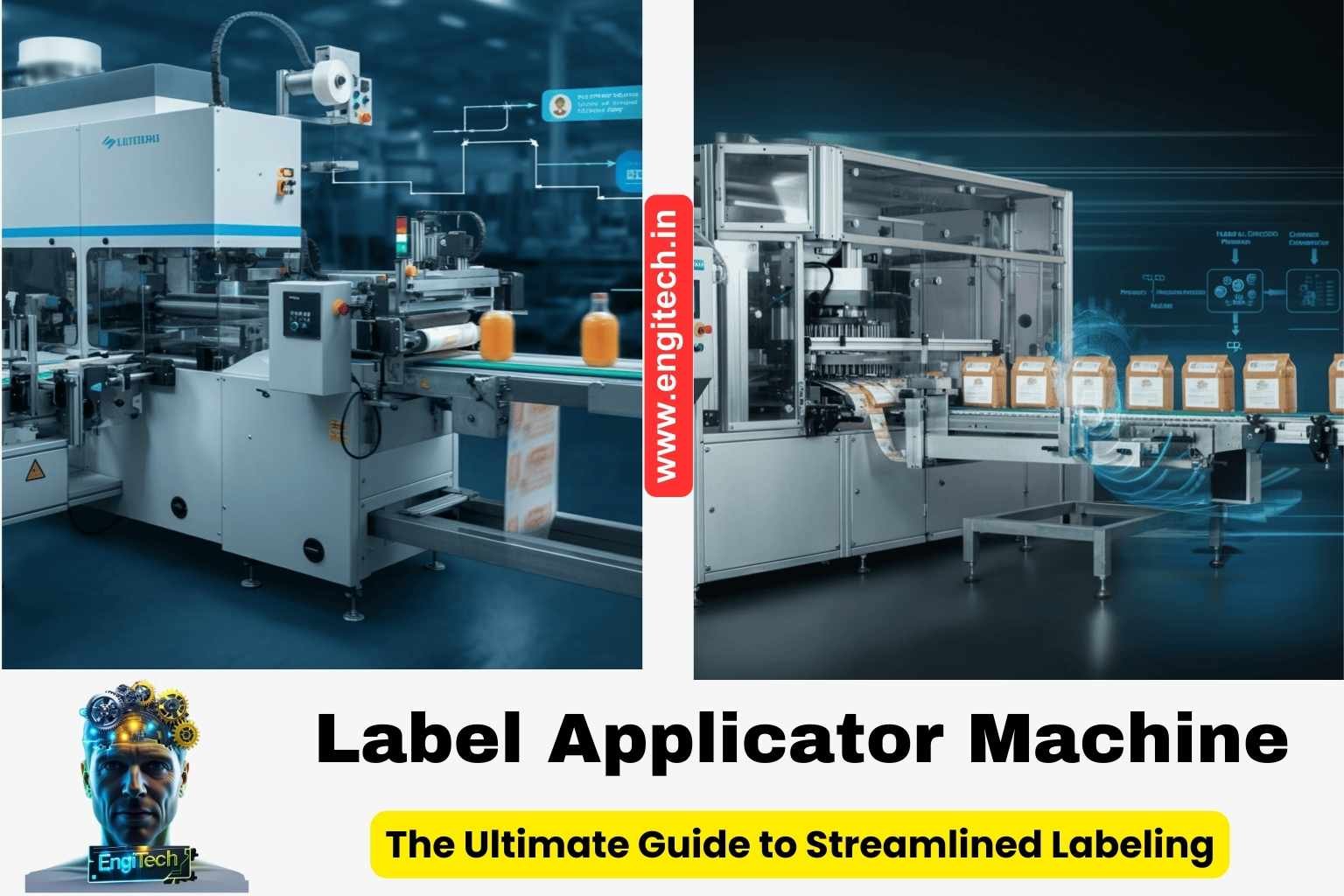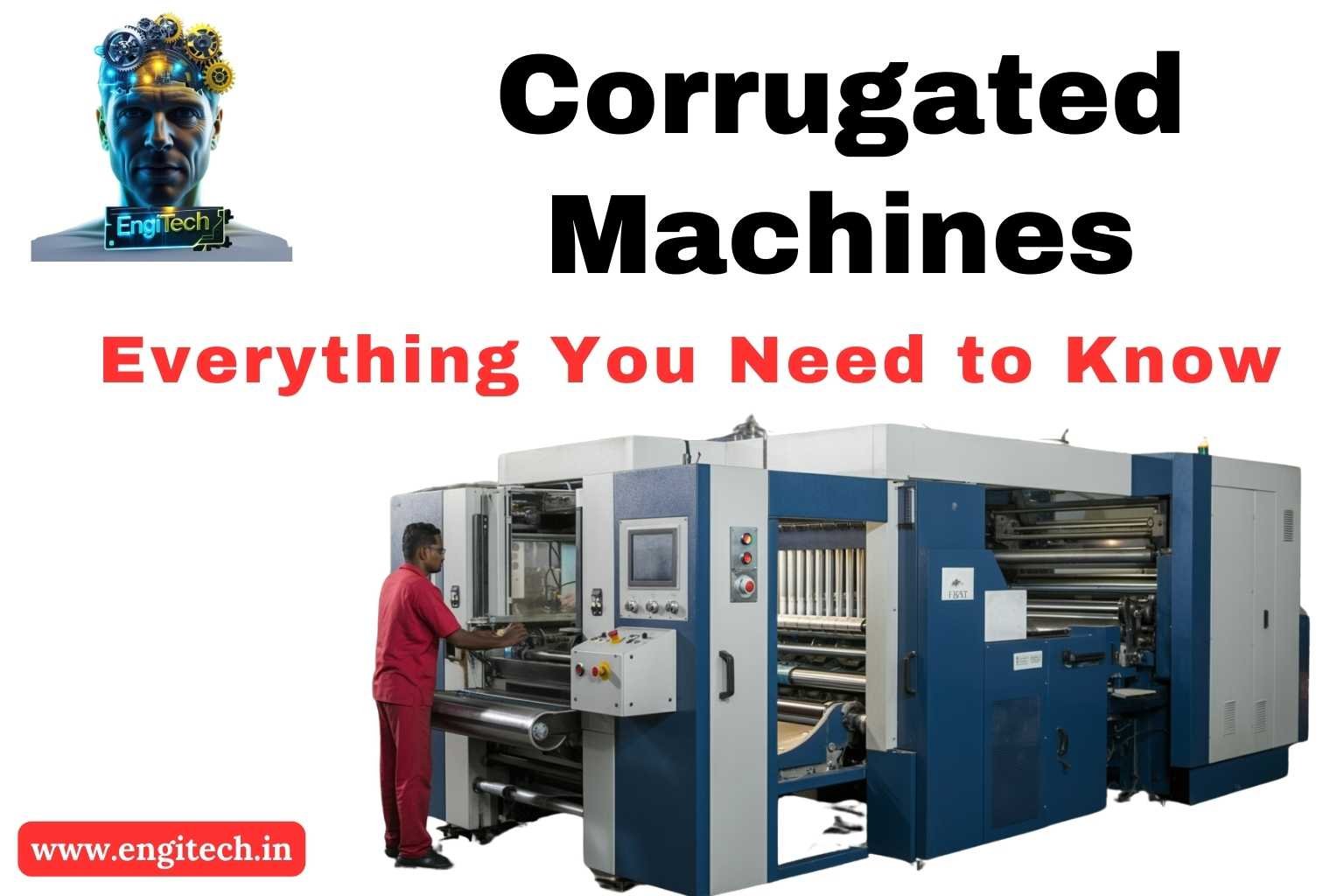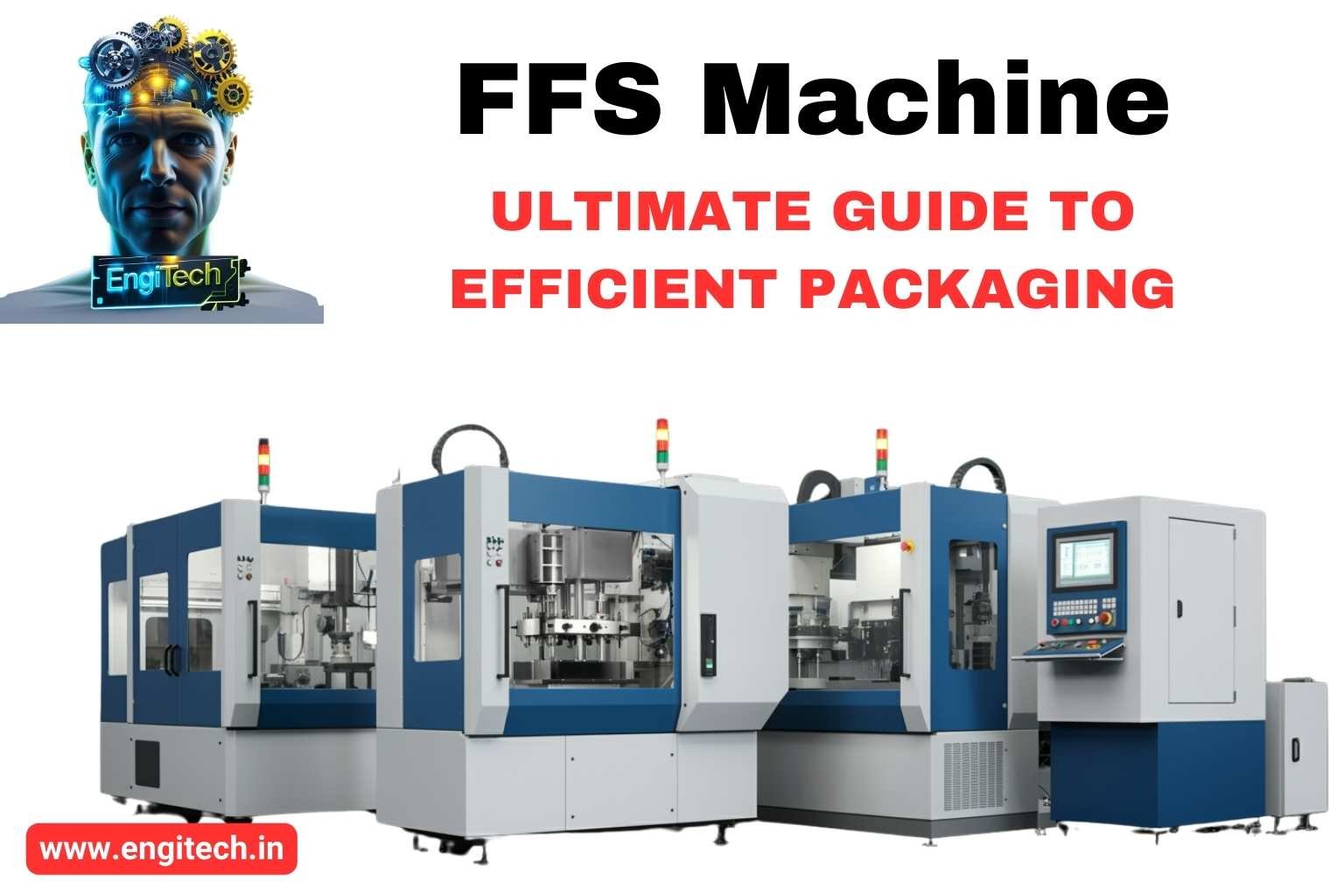Comprehensive Guide to Shrink Wrapping Machines: Types, Benefits, and Expert Insights

Shrink wrapping machines, also known as shrink wrappers or shrink wrap equipment, play a crucial role in modern packaging processes. They use heat to shrink plastic film tightly around products, providing protection and a neat, professional appearance. These machines are versatile and widely used across industries, from food and beverages to electronics and pharmaceuticals. In this guide, I’ll cover the different types of shrink wrapping machines, their applications, benefits, and key considerations when choosing the right machine. I’ll also provide expert insights to help you make informed decisions.
What Are Shrink Wrapping Machines?
Shrink wrapping machines use heat to shrink a polymer film around an item. The process involves placing the product in shrink film, sealing it, and applying heat to shrink the film tightly around the product. This creates a tamper-evident and secure package that protects the item from dust, moisture, and damage.
Types of Shrink Wrapping Machines
1. Manual Shrink Wrapping Machines
Manual shrink wrapping machines are ideal for small businesses and operations with low-volume packaging needs. Operators manually handle each step, including sealing and shrinking the film.
How They Work: Operators place the product in the shrink film, seal the edges using a manual heat sealer, and apply heat with a heat gun or in a heat tunnel to shrink the film around the product.
Applications: These machines are perfect for small batches and specialty packaging in retail, small manufacturing, and artisan products.
Advantages: They are cost-effective and straightforward to operate, making them accessible for small businesses.
Limitations: They are labor-intensive and not suitable for high-volume production due to their slower processing speed.
2. Semi-Automatic Shrink Wrapping Machines
Semi-automatic machines automate parts of the packaging process, such as sealing or shrinking, while still requiring some manual handling.
How They Work: The operator places the product in the film and positions it in the machine. The machine automatically seals the film and moves the package through a heat tunnel to shrink the film.
Applications: Semi-automatic machines suit medium-sized businesses and industries with moderate production volumes, such as food packaging and consumer goods.
Advantages: They offer a good balance between manual and automatic processes, increasing efficiency while maintaining flexibility.
Limitations: These machines still require operator involvement, which can limit throughput compared to fully automatic systems.
3. Fully Automatic Shrink Wrapping Machines
Fully automatic shrink wrapping machines handle the entire packaging process with minimal human intervention. They include automated feeding, wrapping, sealing, and shrinking.
How They Work: Products are placed on a conveyor belt that moves them through the machine. The system automatically wraps the product in film, seals it, and shrinks the film using a heat tunnel.
Applications: These machines are ideal for high-volume production environments like large manufacturing facilities, food processing plants, and logistics centers.
Advantages: They provide high-speed packaging, consistent quality, and require minimal labor, making them highly efficient.
Limitations: Fully automatic machines require a significant initial investment and regular maintenance.
4. Shrink Tunnels
Shrink tunnels are essential components in the shrink wrapping process, especially for semi-automatic and fully automatic machines.
How They Work: The sealed package enters the tunnel, where hot air circulates to shrink the film uniformly around the product.
Applications: Shrink tunnels are used for a variety of products, from food items to industrial goods, ensuring a tight and uniform shrink wrap.
Advantages: They ensure consistent and professional shrinkage, enhancing the product’s appearance.
Limitations: Shrink tunnels can consume considerable energy and require proper ventilation to manage heat and fumes.
5. L-Sealers and I-Sealers
L-sealers and I-sealers refer to the sealing mechanisms used in shrink wrapping. The choice depends on the product’s shape and packaging requirements.
L-Sealers: These use an L-shaped sealing bar that seals two sides of the film simultaneously, creating a tight and secure package.
I-Sealers: I-sealers use a single straight sealing bar, which is suitable for products that don’t require a complete seal.
Key Features and Components of Shrink Wrapping Machines
Understanding the components of shrink wrapping machines helps in selecting the right equipment for your needs:
- Heat Sealer: Essential for sealing the film around the product. It can be manual or integrated into automatic systems.
- Conveyor System: Used in automatic machines to transport products through the wrapping, sealing, and shrinking stages.
- Film Roll: The shrink film, usually made of materials like PVC, polyolefin, or polyethylene, is selected based on the product’s protection needs.
- Control Panel: Allows operators to adjust settings like temperature and speed. Advanced machines may feature touchscreens for ease of use.
- Shrink Tunnel: Provides consistent heat for uniform shrinking of the film.
Applications of Shrink Wrapping Machines
Shrink wrapping machines have diverse applications across various industries:
- Food and Beverage: Protects food items from contamination and extends shelf life. Commonly used for packaging bottles, cans, and multipacks.
- Pharmaceuticals: Ensures the safety and integrity of pharmaceutical products, medical devices, and supplements.
- Electronics: Provides a protective barrier against dust and moisture, ideal for packaging electronics and accessories.
- Consumer Goods: Used for packaging toys, cosmetics, and personal care products, providing tamper-evident seals and enhancing shelf appeal.
- Industrial Products: Useful for bundling products, protecting equipment, and securing loads for transportation.
Benefits of Shrink Wrapping Machines
- Product Protection: Provides a barrier against dust, moisture, and damage.
- Tamper-Evident Packaging: The tight seal shows if a product has been tampered with.
- Versatility: Can package a wide range of products, regardless of shape or size.
- Cost-Effectiveness: Reduces packaging costs by using minimal materials and optimizing space.
- Enhanced Aesthetics: Offers a clean and professional appearance, improving shelf appeal.
- Increased Shelf Life: By protecting products from environmental factors, shrink wrapping can extend shelf life.
Key Considerations for Choosing a Shrink Wrapping Machine
When selecting a shrink wrapping machine, consider the following:
- Production Volume: Choose based on your production needs. Manual and semi-automatic machines are ideal for lower volumes, while fully automatic machines suit high-volume environments.
- Product Size and Shape: Consider the dimensions and shape of the products to ensure compatibility with the machine.
- Film Type and Thickness: Select the appropriate film type based on the product’s requirements.
- Speed and Efficiency: Consider the machine’s speed and efficiency, particularly in high-volume settings.
- Budget: Factor in the initial investment and ongoing operational costs.
- Maintenance and Support: Ensure reliable after-sales support and easy access to spare parts.
Expert Insights and Tips
- Quality Control: Regularly check for defects in the sealing and shrinking process to maintain consistent quality.
- Film Selection: Choose the right film material based on the product’s properties and packaging needs.
- Energy Efficiency: Consider energy-efficient machines to reduce operational costs.
- Customization: Opt for machines with adjustable settings to accommodate different products and packaging needs.
- Training and Safety: Train operators properly and follow safety guidelines to ensure safe and efficient machine operation.
Conclusion
Shrink wrapping machines are indispensable tools in modern packaging, providing numerous benefits like product protection, tamper-evident packaging, and enhanced aesthetics. Understanding the various types of shrink wrapping machines, their applications, and key considerations for selection can help businesses make informed decisions. Whether you’re a small business or a large manufacturing facility, investing in the right shrink wrapping machine can significantly improve your packaging efficiency and product presentation. For more detailed information and expert advice on selecting the best shrink wrapping machine for your needs, visit EngiTech.in. Stay informed about the latest advancements in shrink wrapping technology and best practices for optimizing your packaging processes.


